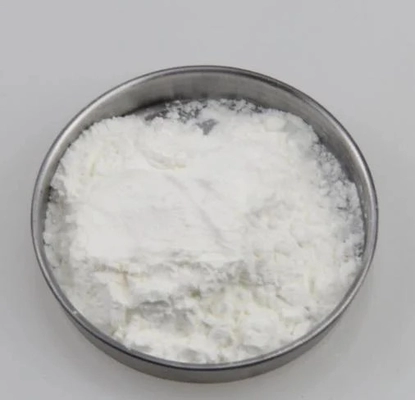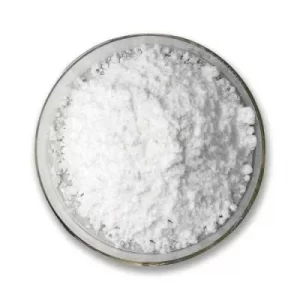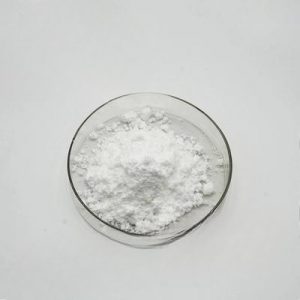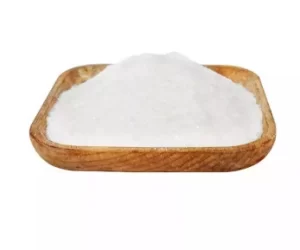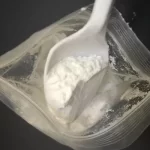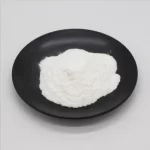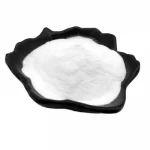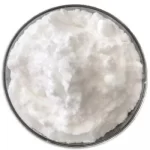Description
Pharmaceutical Grade Rapamycin Powder CAS 53123-88-9
Description
| Name: | Rapamycin | CAS: | 53123-88-9 |
|---|---|---|---|
| High Light: |
Pharmaceutical Grade Rapamycin Powder, Rapamycin Powder CAS 53123-88-9, Pharmaceutical Raw Materials CAS 53123-88-9 |
||
Raw Pharmaceutical Grade Material Rapamycin Powder CAS 53123-88-9 with High Purity
- Product description
-
Product name RapamycinCAS No. 53123-88-9Molecular Formula C51H79NO13Molecular weight -
-
914.19
-
-
-
Grade Standard Medicine Grade COA Avaliable -
- Product introduction
-
Sirolimus, also known as rapamycin, is a macrolide produced by the bacteria Streptomyces hygroscopicus. It has immunosuppressant functions in humans and is used to prevent rejection in organ transplantation; it is especially useful in kidney transplants. It prevents activation of T cells and B cells by inhibiting their response to interleukin-2 (IL-2). Sirolimus is also used as a coronary stent coating. Sirolimus works, in part, by eliminating old and abnormal white blood cells. Sirolimus is effective in mice with autoimmunity and in children with a rare condition called autoimmune lymphoproliferative syndrome (ALPS).
A growing body of evidence has demonstrated that although limited, rapamycin or rapalogs are beneficial for treating various diseases including cancer, diabetes, tuberous sclerosis complex, lymphangioleiomyomatosis, neurodegenerative diseases and aging.
-
-
- Product function
Rapamycin is a triene macrolide antibiotic, which demonstrates anti-fungal, anti-inflammatory, anti-tumor and immunosuppressive properties. Rapamycin has been shown to block T-cell activation and proliferation, as well as, the activation of p70 S6 kinase and exhibits strong binding to FK-506 binding proteins.
Rapamycin also inhibits the activity of the protein, mTOR, (mammalian target of rapamycin) which functions in a signaling pathway to promote tumor growth. Rapamycin binds to a receptor protein (FKBP12) and the rapamycin/FKB12 complex then binds to mTOR and prevents interaction of mTOR with target proteins in this signaling pathway.




Tag:

